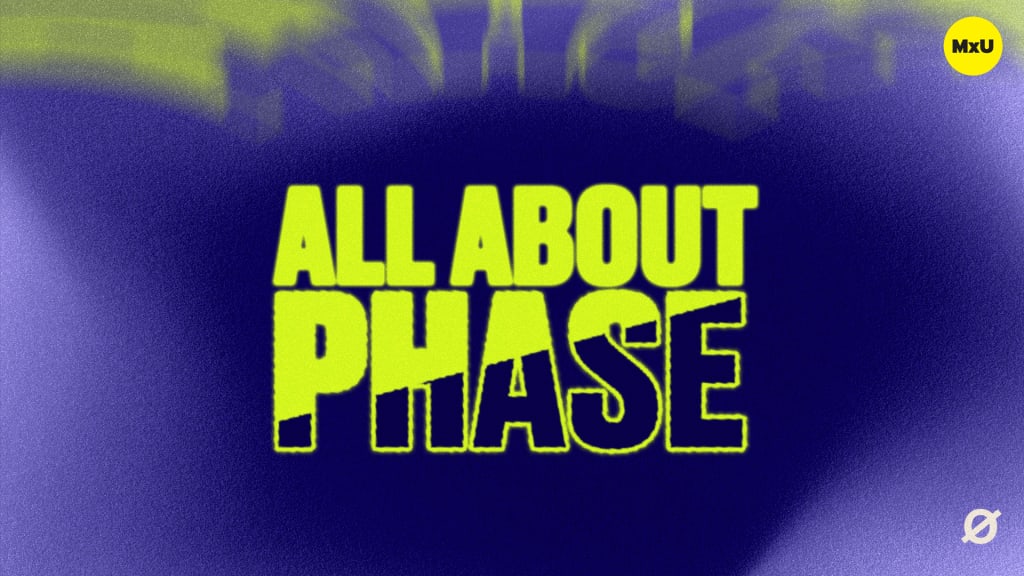Sound Characteristics
No actions available
The characteristics of sound can be hard to describe at times. Everyone has their own way of describing sound, but understanding some common principles and words for sound can help clear up any confusion!
Key Points:
Key Points:
- There are two main types of sound waves: Simple and Complex.
- Simple waves do not occur in nature, but can be generated. One example of a simple wave is a sine wave. A sine wave is completely symmetrical, meaning the compression is equal to the rarefaction.
- Complex waves have differing variations of compression and rarefaction. They are made up of multiple simple waves combined together to make a complex wave.
- The way that complex waves interact and compliment each other is a specific process known as harmonics. Harmonic content that is produced by an instrument or voice has a fundamental frequency.
- The fundamental is the loudest frequency. The fundamental is what makes us hear a note and identify it when it comes out of an instrument or voice, even though their are multiple other frequencies being produced in combination alongside it. These other frequencies are known as the harmonic content.
- The ability to distinguish the difference in sound between a vocal and a piano that is singing or playing the same note for example, is due to the overtones and how they relate to the fundamental. This concept is known as Timbre. The timbre of different instruments and voices is what sets each element apart, giving us the ability to hear them as distinct sources of sound.
- When we are referring to harmonic content in sound, we refer to these in multiples of their fundamental frequency. The even multiples are known as octaves (ex. 440Hz = A 880Hz = A). The odd number multiples differ from the even, in that they do not sound as pleasing or sympathetic to the fundamental. However, the way they combine with the fundamental creates a unique sound.
- Anything that travels along with the fundamental that is higher in frequency than the fundamental is considered an overtone. Overtones occur at even and odd multiples contributing to the harmonic content of each instrument or vocal.
Pro tip: A 31 band graphic equalizer can come in handy in live sound. Those frequencies are in 1/3 octave measurements. Each of the dials on the graphic equalizer is 1/3 of an octave, which can help you mitigate some of the problems that you may find in the harmonic content. Always know the key of the song! It gives you a wealth of frequency information that becomes super helpful when grabbing EQ.
This video is part of a series we filmed back-to-back. Check out the previous video or watch the entire series in the Intro to Audio Fundamentals playlist.
This video is part of a series we filmed back-to-back. Check out the previous video or watch the entire series in the Intro to Audio Fundamentals playlist.
Courses
Categories
Audio
101
Team Videos
Premium Videos
Nothing added









